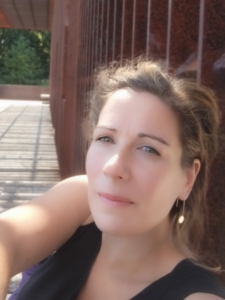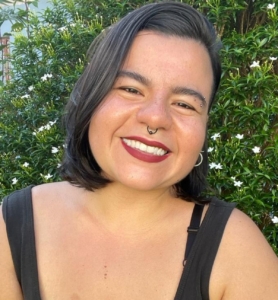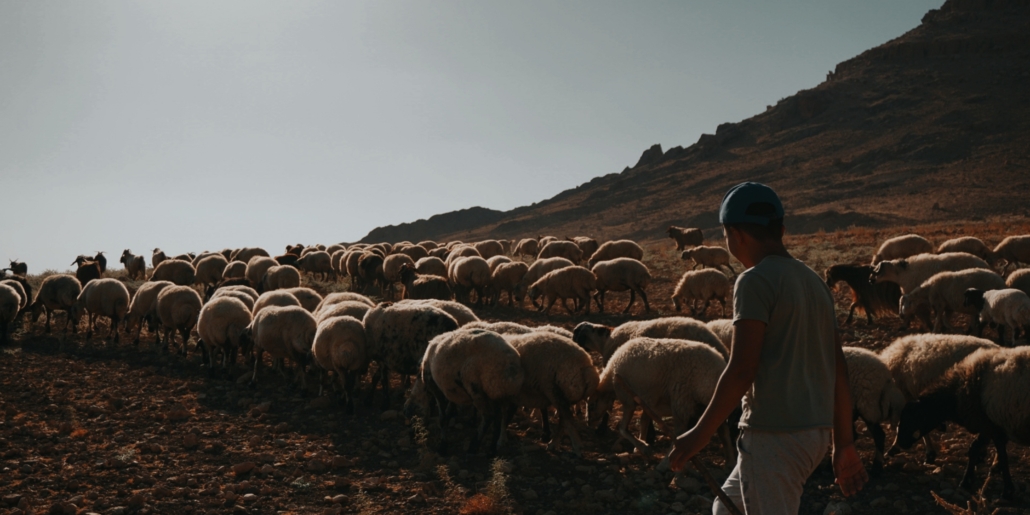Bioarchaeology
Staff members
Dr. C. (Canan) Çakırlar, University of Groningen
Dr. C. (Chiara) Cavallo, Universiteit van Amsterdam
Dr. S.P.A. (Sean) Desjardins, University of Groningen
Dr. L. (Lisette) Kootker, Vrije University Amsterdam
Dr. J.E. (Jason) Laffoon, Leiden University
Dr. L. (Laura) Llorente Rodríguez, Leiden University
Dr. A.C. (Anna) Moles, University of Groningen
Prof. dr. L.V. (Leonard) Rutgers, Utrecht University
Dr. R. (Rachel) Schats, Leiden University
Dr. S.A. (Sarah) Schrader, Leiden University
PhD members
Audrey Crabbé, University of Groningen
Telling abnormalities: A multi-disciplinary study of animal pathologies as an indication of the keeping and treatment of cattle and wild animals in Southwest Asia
In November 2022, I started a PhD in zooarchaeology at the University of Groningen. My PhD will consist of analyzing pathologies developed on the bones of cattle and wild animals and linking this to the political-economic situation in ancient Anatolia through a study of textual, iconographical, and other archaeological sources. I will be looking at pathologies caused by intensive agricultural activity on the skeleton of domestic cattle, and possible changes in these pathologies (intensification, lessening) as a result of a change in traction intensity linked to political-economic changes in Bronze to Iron Age Anatolia. In addition to this, I will also reconstruct the given diet of draught cattle and wild animals through stable isotope analysis on the pathological bones to determine whether these animals were given a specific energy diet and whether they were kept in captivity or roamed around freely. My research interests are zooarchaeology, animal paleopathology, and human-animal studies/anthrozoology.
Anja Fischer, University of Amsterdam
New light on old remedies. Tracing medicinal plant use in the Low Countries through archaeogenomics and archaeobotany in the late medieval and early modern period
In my my PhD project I aim to study medicinal plant use in the Low Countries in the early modern period (AD 1500-1800). The project will develop a new interdisciplinary methodology that integrates innovative methods from the digital humanities as well as various techniques from the natural sciences. I want to combine information from historical sources, archaeology, and ancient plant DNA from soil samples to trace the pharmaceutical use of medicinal plants. Our knowledge is largely limited to the writings of an educated elite, while everyday remedies used by the general populace remain mostly undiscovered, likely because these were mostly orally transmitted. The absence of information on everyday remedies means that the most practiced, and therefore most tested, elements of traditional medical knowledge remain untapped. I hope to discover diverse traditions throughout past society, the development of medicinal plant use, the diverse cultural practices, and modes of transmission of knowledge.
Katherinne Guerra, Leiden University
Osteobiographies of the ancient inhabitants of the Garachiné Cove in the Darien region of Panamá (AD 1100-1500)
I’m a Panamanian bioarcheologist working of the central region of the Americas. I’m interested in the reconstruction of the lives of the ancient inhabitants of Central America. For my dissertation I’m hoping to incorporate a non-exploitive approach by incorporating collaborative research and ethnographic studies together with traditional funerary archeology and osteological analysis.
Ana Smuk, University of Groningen
Crops and weeds – subproject of Finding Suitable Grounds: The adoption of crop cultivation in the lowlands of the Netherlands
I am a PhD candidate investigating the human subsistence-related activities in the submerged lowlands of the Dutch landscape during Mesolithic-Neolithic transition (6000-4000 BC), using multi-proxy botanical analysis (macro remains, pollen, and phytoliths). The purpose of this multi-proxy approach with research area of Flevoland and Rhine-Meuse delta, is to define the general vegetation characteristics of the landscape, changes that occurred during the investigated time and vegetation management, indications for crop cultivation, and the possibility of intensification and dispersal of crop cultivation in the area. My interests span to ethnology, anthropology, archaeozoology, geoarchaeology, and history as each provides valuable information for agricultural development and other relevant archaeobotanical questions.




